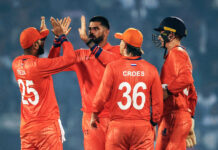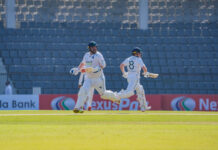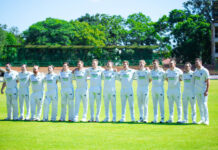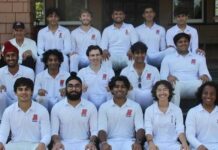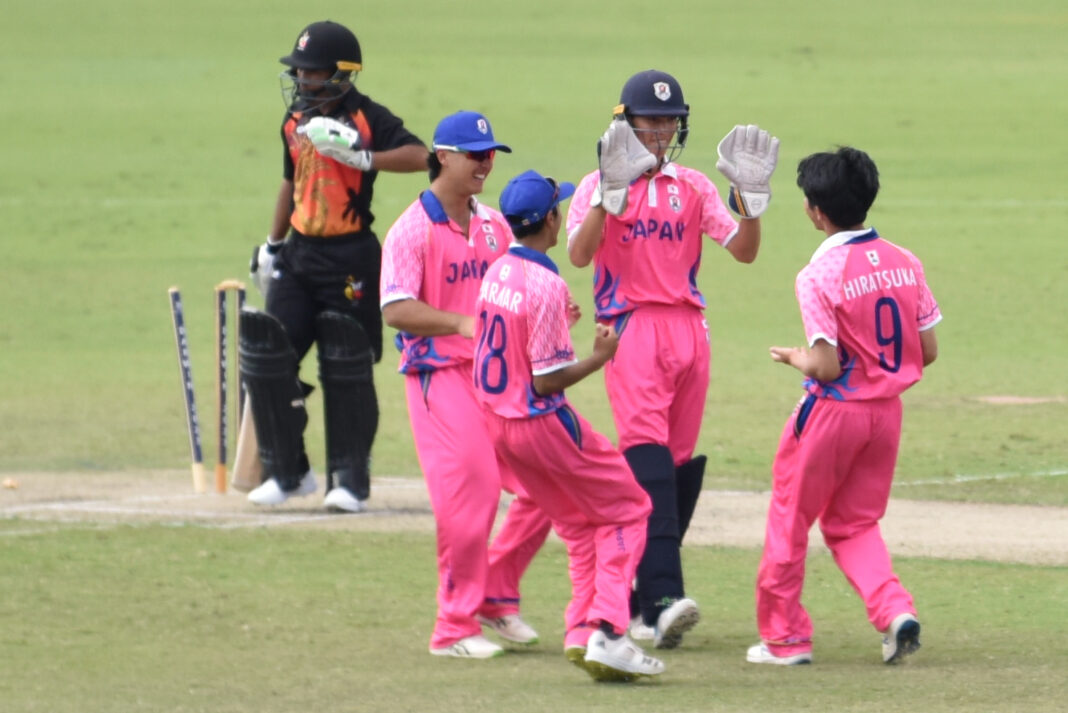
“Yeah, we have all seen the Reuters article, but as far as we’ve been told by the local organising committee, cricket is not in the 2026 Asian Games,” exclaims Alan Curr, Head of Cricket Operations at the Japan Cricket Association (JCA).
His comment pours cold water on the recent outpouring of excitement amongst Associate cricket fans after reports of the sport being included for the 2026 Asian Games in Nagoya, Japan. As of today, there is no mention of cricket among the 41 sports listed on the Asian Games website.
Nevertheless, the sport is showing encouraging signs of growth and increased interest amongst the local Japanese population, on the back of Olympics inclusion. In a sit-down interview with Emerging Cricket, Curr discussed the Olympics effect, the “disappointing” merging of the Asian and East Asia Pacific qualifiers for the T20 World Cup and the organisation’s future goals.
Current Scene
The conversation starts off with Curr describing his cricketing journey. He had a multicultural upbringing, being born in Gibraltar and growing up in Hong Kong and later England. In 2012, Curr went to visit Japan on a holiday and loved it. “It was a year after the earthquake, so definitely was an interesting time to come. A year later, I saw a potential job opportunity advertised on the ICC website about a position with JCA. I had been in the travel industry for ten years so was quite keen to have a crack at the sporting industry,” he says.
After successfully securing the position with JCA, Curr settled in for the long haul. “Initially, I was driving a junior participation program for two years. It was a special ICC funded project. From 2016, my role changed and I took over the position of Head of Cricket Operations. And I am still here today,” he laughs.
Currently, Japan has a niche but thriving cricket scene with multiple tournaments held for male and female cricketers, as well as junior leagues for the U-19 and U-15 kids. However, raising participation levels remains an ongoing challenge, according to Curr.
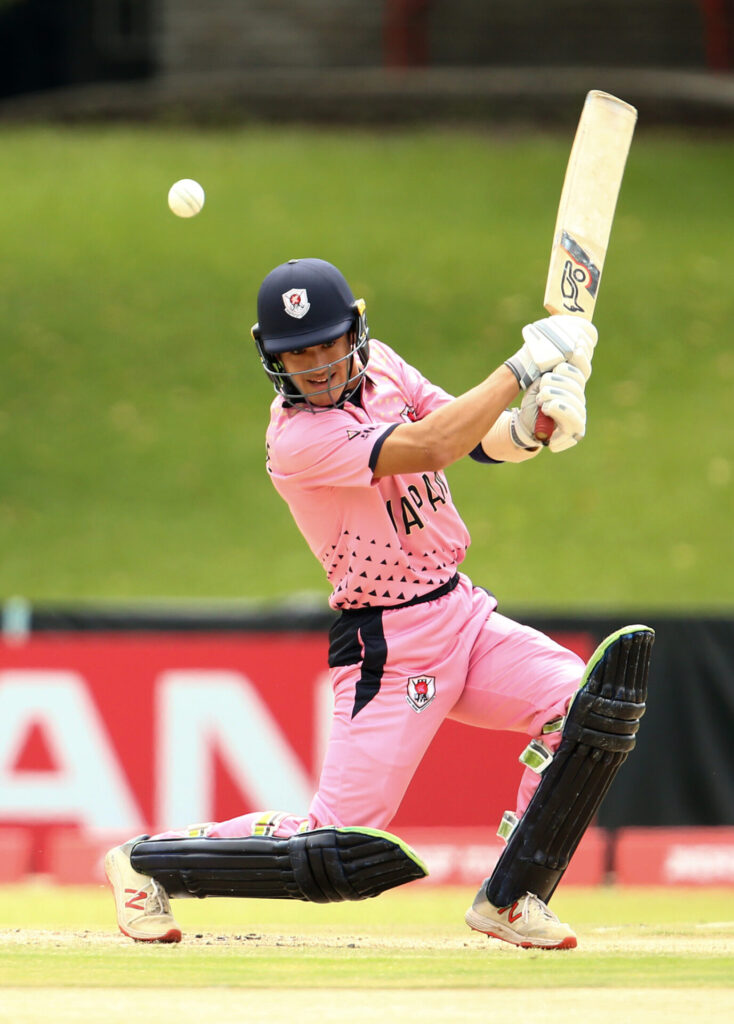
”In terms of registered players, going by the definition that ICC has set, we’ve got just over 4,000 cricketers. But in terms of overall participants, we have somewhere around 12,000 or 13,000. The reality is that we probably under report those numbers, as there is a lot of cricket that takes place which we don’t know about. Particularly among the expat community who organise their own tournaments and competitions.”
2026 Asian Games in Nagoya
The Reuters article had not only confirmed the inclusion of cricket at the Asian Games but even mentioned the strong likelihood of an existing baseball stadium at Nagoya being repurposed for cricket. Curr concedes that the article caught everyone at the JCA by surprise and remains skeptical about its veracity.
“Look, if cricket is actually included in the games, obviously that would be fantastic. However, we have followed up with the organising committee who were pretty clear. There are 41 other sports they are going to deliver for the Games and cricket is not one of them at this stage. Unless someone tells us any differently, we won’t be making any plans to take our teams to participate in this event,” he opines.
The downstream effects of Olympics inclusion
What has however made a real difference so far is cricket’s inclusion in the LA 2028 Summer Olympics. Curr states that it helped generate plenty of positive local press coverage.
“There was loads of fresh public interest. It convinced quite a few people to come down and watch cricket for the first time to see what the sport was all about, which is fantastic. One of our goals is to maintain that momentum and interest and use that Olympic brand to leverage our sport into new places in Japan.”
An ascension to first tier membership in the Japan Olympic Committee has also increased the level of government funding. “It has helped us immensely. We have had a doctor, coach and trainer come on as part-time staff. Before we used to pay them a nominal fee to cover their travelling expenses to Sano. Whereas now, we can afford to pay them part-time salaries and ask them to do a little bit more work for us,” Curr explains.
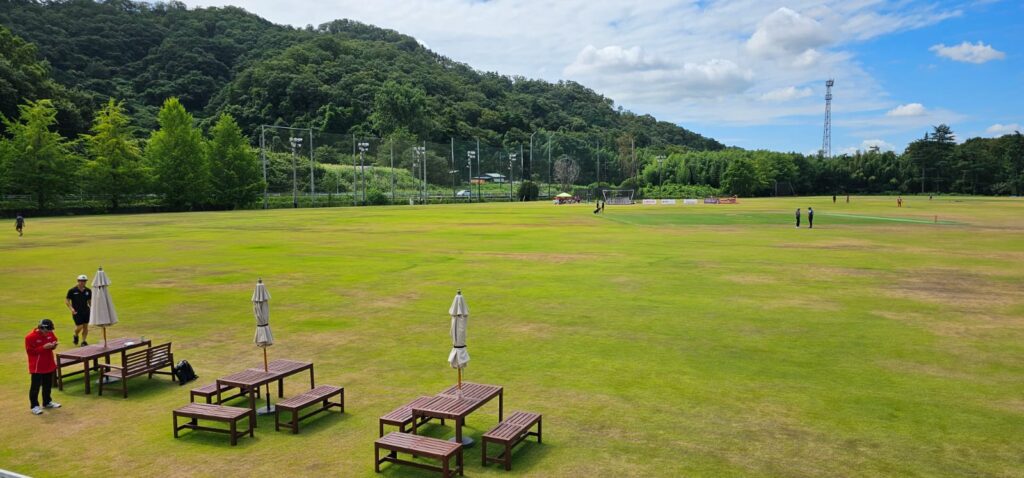
The new hires have helped to professionalise the organisation, especially in the analytics and player performance departments. “We usually went to tournaments after watching a few livestreams, taking some notes and presenting that to the players. Now we can use data in a smart way to analyse player performances and use that as a coaching tool. Hopefully in future, we can also add resources to our strength and conditioning area,” he states.
Currently, the Japanese men’s and women’s teams are ranked 50th and 53rd in the world respectively, as per the latest ICC T20I rankings table. With an Olympics cricket event likely to be capped at just six teams for men’s and women’s competition, Curr admits that Japan’s chances of qualifying for an Olympic tournament are incredibly remote.
“It’s tough, but people get it. They understand where cricket is and where we are trying to go. They have seen other Japanese sports undertake a similar journey. Not that long ago, the J-League didn’t exist. It only came to life after the 2002 FIFA World Cup. The Rugby World Cup in 2019 was massive in popularising the sport domestically. We are hopeful that we can find a way to follow a similar trajectory.”
The ‘controversial’ merge between the EAP and Asian T20 World Cup pathways
While Olympics inclusion has been a blessing for Japanese cricket, ICC’s recent merging of the East Asia Pacific (EAP) and Asian qualifiers has left a real sour taste in the mouth. The decision means that PNG, Samoa and the winner of EAP Sub-Regional Qualifier B have to fight it out with Asian teams like Nepal, Oman, Kuwait and the top two finishers from Asia Qualifier B to secure one of the three slots available for T20 World Cup qualifation. Curr strikes a diplomatic tone but admits that the shock announcement left JCA angry and bitterly disappointed.
“Honestly when the decision got made, I felt like I have been punched in the stomach. Because for us, we knew what the pathway was and we spent a long time working towards it. ICC have said time and again that they want to use the T20 World Cup as a vehicle for cricket’s global growth. So, giving spots to each region on the biggest stage made sense. However, they clearly no longer feel that way.”
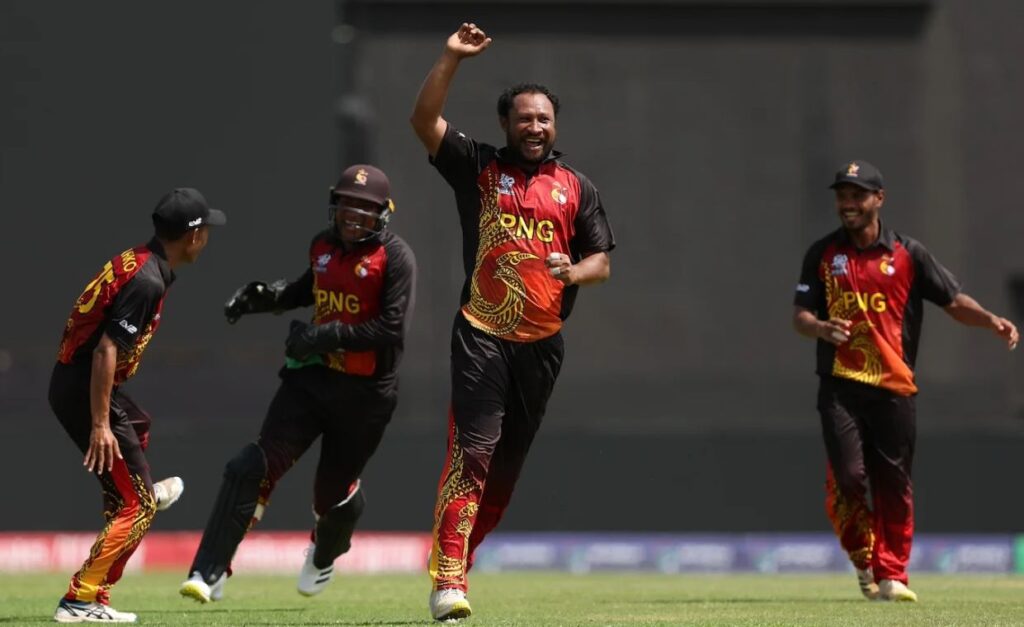
Curr also expounds on the difficulties of explaining the World Cup pathway change to JCA’s domestic stakeholders and sponsors. “Honestly, it doesn’t reflect well on ICC as an organisation and for cricket as a sport. The matter could’ve been handled differently with better communication across all the members involved. Unfortunately, the members with the loudest and most powerful voices got their way this time. For me, the ICC needs to decide what the World Cup is. If it’s a tournament to celebrate and promote the diversity of cricket, then the regional pathway was perfect. If it’s just a tournament for the best teams, then have a Global Qualifier like they did previously.”
Emerging Cricket co-founder and Vanuatu CEO Tim Cutler shared Curr’s sentiments on the EC Pod:
The head of cricket operations is adamant that there is a mistaken belief out there amongst casual cricket fans about PNG getting a free pass to the World Cup due to an understrength EAP pathway. “I just don’t think that’s true,” he says. “Anyone who watched the last EAP final would see that while PNG are clearly better, they are not a million miles ahead of us. The Barramundis themselves competed rather well at the World Cup, despite losing all their games. They gave West Indies a real scare. That’s the whole point of T20 Cricket, it can be very unpredictable.”
Future Goals
Lastly, the conversation turns towards discussions about the future of Japanese cricket. JCA has designed a five-year high-performance strategy; which has aims for the U-19 team to regularly qualify for Asia Cups and World Cups, and beat Full Members.
“The U19 team qualified for the Asia Cup in 2023 and again this year. We also played in the 2020 U19 World Cup. However, our place got given to PNG for no reason at the 2022 World Cup, after COVID-19 caused the regional qualifiers to be cancelled. Then, a year ago, ICC decided to put New Zealand back into the EAP qualifiers which meant we finished second and narrowly missed out on qualifying for the main event. We could have played at three U-19 World Cups in a row, but alas,” exclaims Curr.
He also wants to see a U-19 Japanese women’s team come into existence. “I have been hearing rumours that the ACC are going to start a U-19 women’s Asia Cup pathway in 2026, which is exciting.”
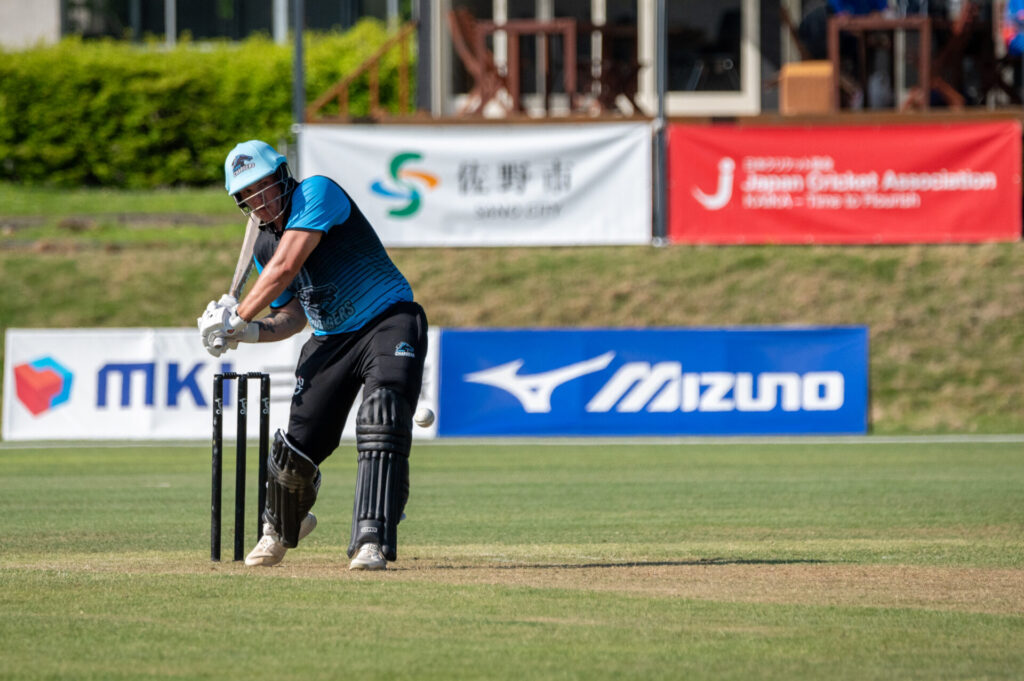
Furthermore, JCA considers building the brands around their domestic competitions like the men’s and women’s Premier League of utmost importance. “We had BBL star Josh Brown this year whacking sixes into the stands for Kansai Chargers. The women’s Premier League has had players from Sri Lanka and South Africa participate. If we keep attracting those big names, it would really improve the standard of our domestic competitions. Our players need to play against better cricketers more regularly to learn and get better from the experience,” states Curr.
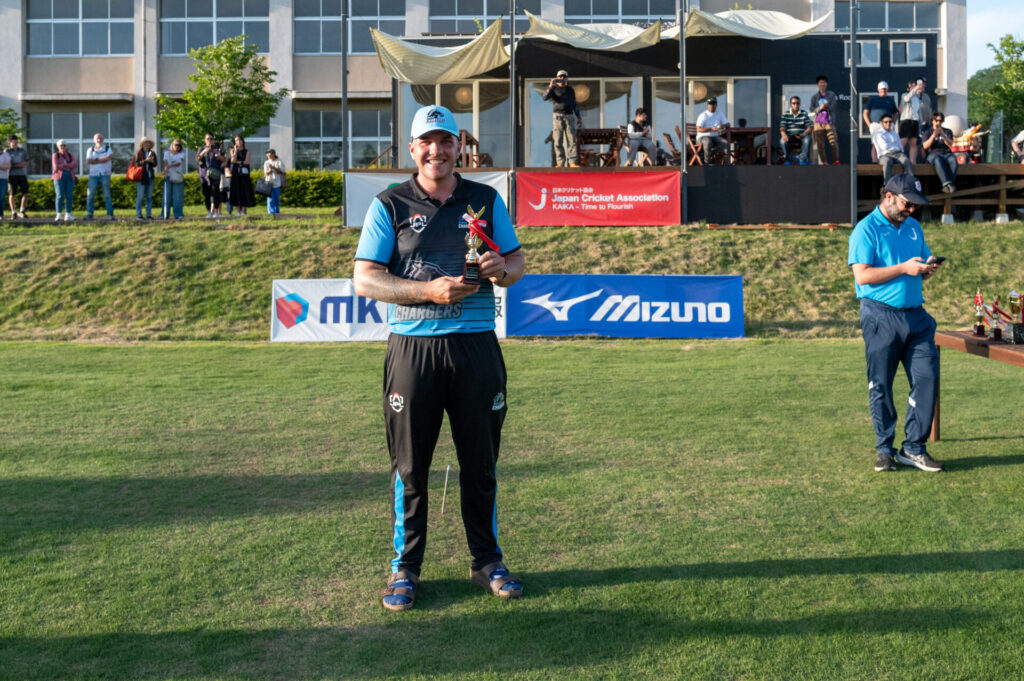
“Ultimately, I don’t feel that the current ranking for our men and women’s teams are at all reflective of our quality. I want our teams to move up the rankings, particularly in women’s cricket where there is more opportunity.”
You’re reading Emerging Cricket — brought to you by a passionate group of volunteers with a vision for cricket to be a truly global sport, and a mission to inspire passion to grow the game.
Be sure to check out our homepage for all the latest news, please subscribe for regular updates, and follow EC on Twitter, Facebook, LinkedIn and YouTube.
Don’t know where to start? Check out our features list, country profiles, and subscribe to our podcast. Support us from US$2 a month — and get exclusive benefits, by becoming an EC Patron.

